Bored of your routine lifting session? Have a go at these celeb-approved workouts that are out of the ordinary
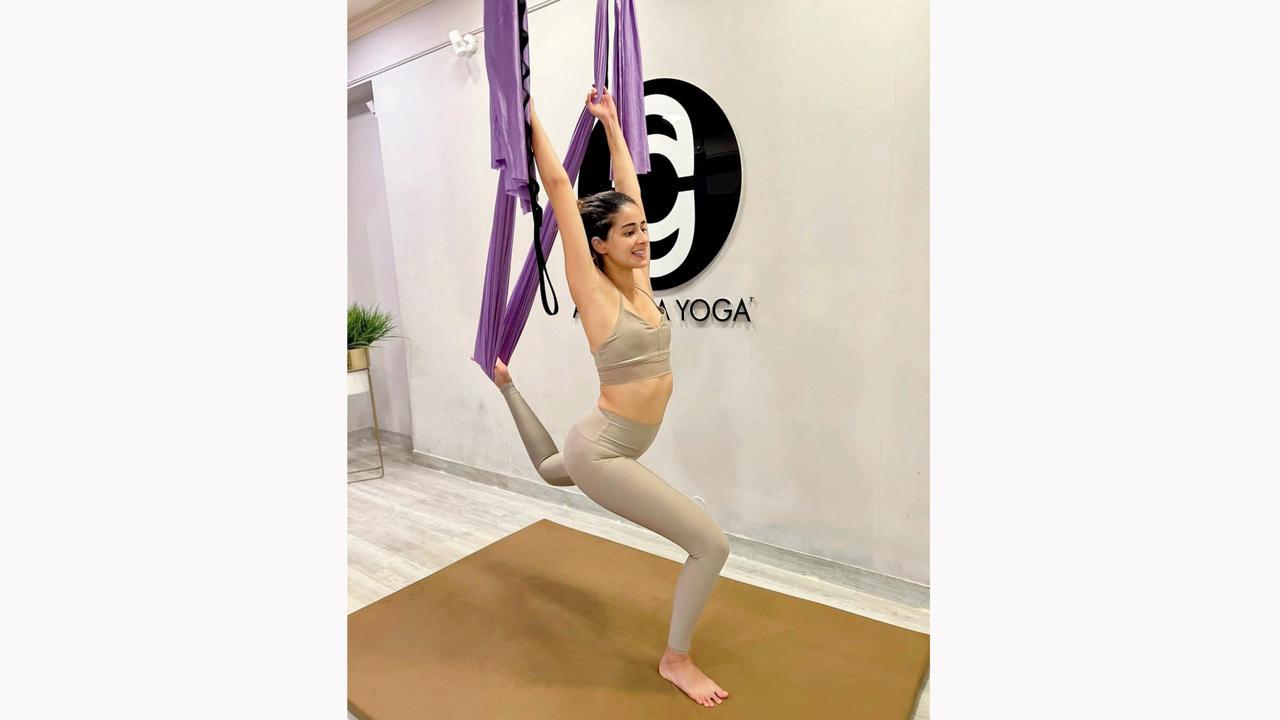
Ananya Panday
FlyFit
ADVERTISEMENT
Anshuka Parwani: I pioneered this format because I realised that despite all the extensive exercises that people were doing, they were unable to advance their fitness levels due to physical limitations. While doing aerial yoga, I realised that there was a lot more that could be done with the hammock to make it a holistic practice. Because it blends formats like yoga and pilates, people can benefit a lot more in the span of an hour.
Also, being upside down on the hammock reverses blood-flow, and is important for hormonal health. Sometimes, people can’t achieve this posture [when unassisted]. But, with a prop like the hammock, they can get into it. Doing so decompresses the spine.
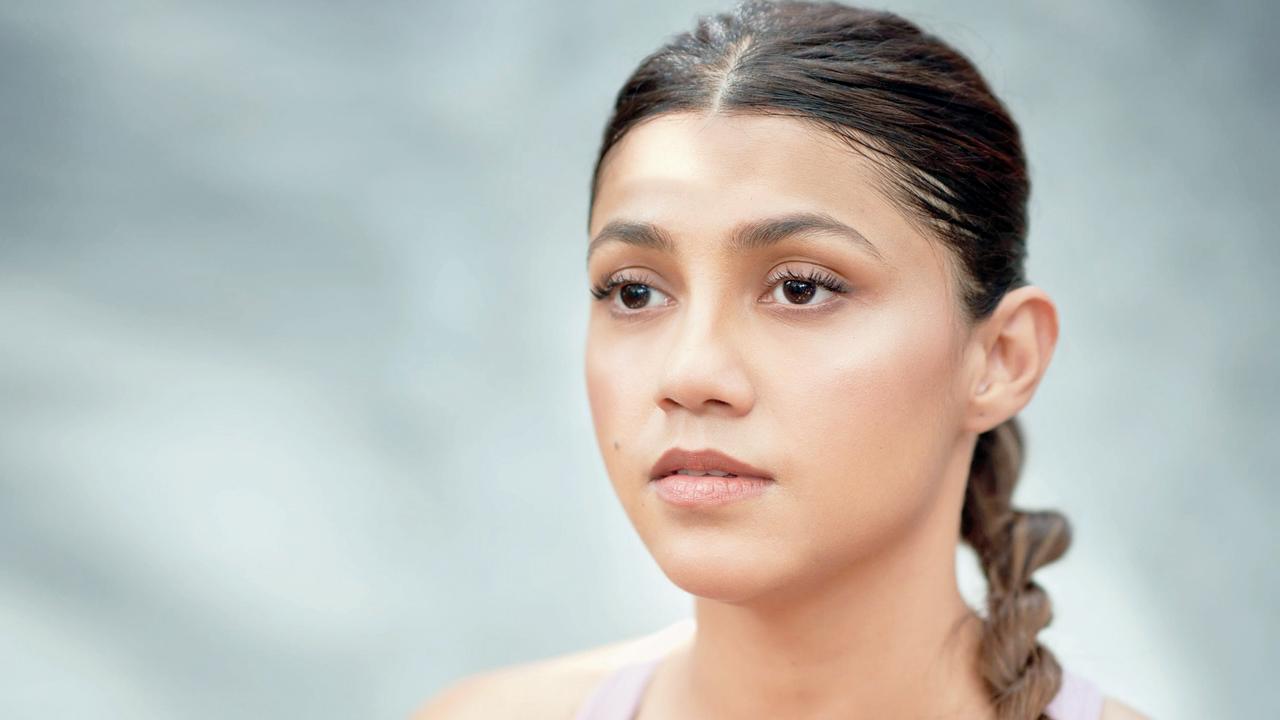
The props also help improve flexibility, making them suitable for those who feel stiff and physically restricted.
Unlike aerial yoga, in which you get into different asanas, here, you can pack in a full-body workout. We do pull-ups and push-ups on it. It’s like an Indian thali that serves you everything. It challenges the core a lot more by engaging the deeper muscles.
It’s also beneficial in postnatal care, when the core muscle strength is affected. The hammock allows you to train those muscles better. We end our sessions with the floating shavasana, which is the same pose that an individual acquires when they are in their mother’s womb. It’s like a warm hug.
Who practices it: Ananya Panday, Alia Bhatt, Tejasswi Prakash
Multi-postural fitness
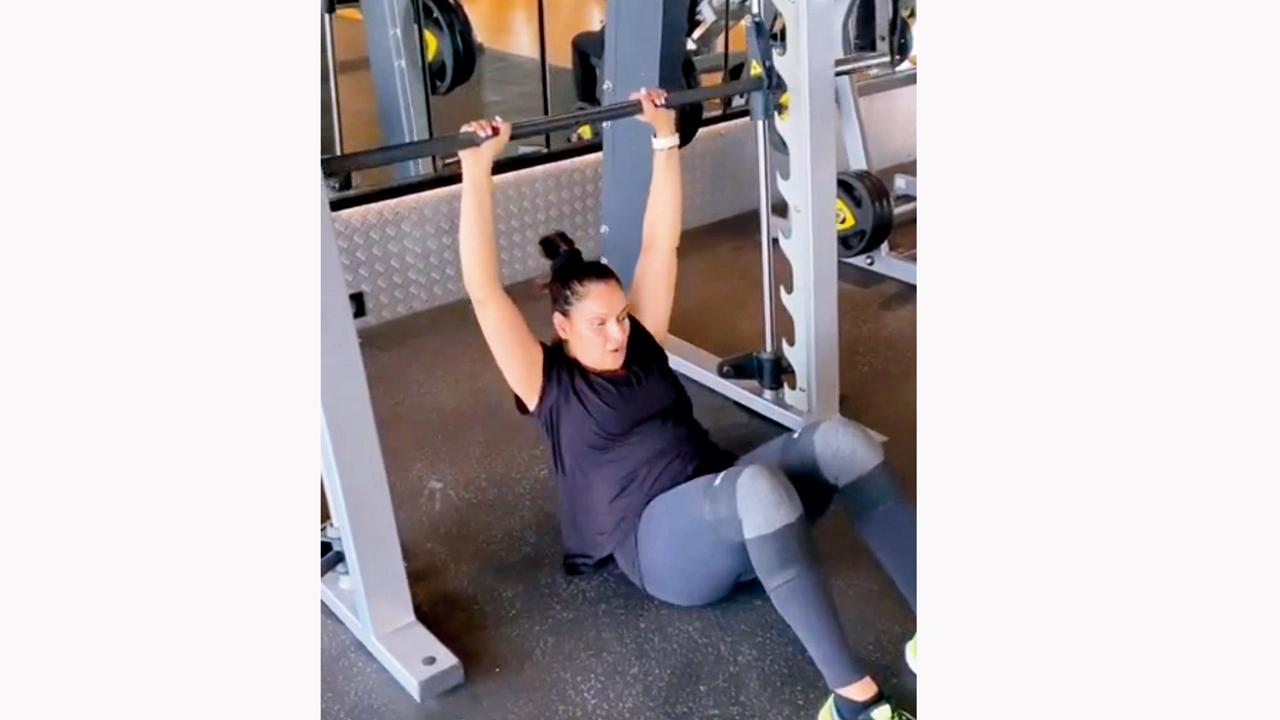
Mahesh Ghanekar: If you go to the gym and train the same set of muscles in the same manner, your muscles are not going to grow optimally. Our body moves in different planes and sections, and we attempt to mimic those movements in my pattern. In challenging the muscles in different postures, we end up recruiting different muscles that would otherwise go untrained in traditional lifting patterns. This, in turn, enhances muscle growth and strength. Thereafter, you’ll notice that your daily life movements have become easier and better, and you’ll have more energy throughout the day. Also, callisthenics is assumed to be more challenging for women, and it’s important to put more time into the training. As frightening as it may seem, learn to appropriately practice handstands and push-ups. Do things differently so that the muscles continue to be stimulated.
Who practices it: Kunal Kemmu and Soha Ali Khan
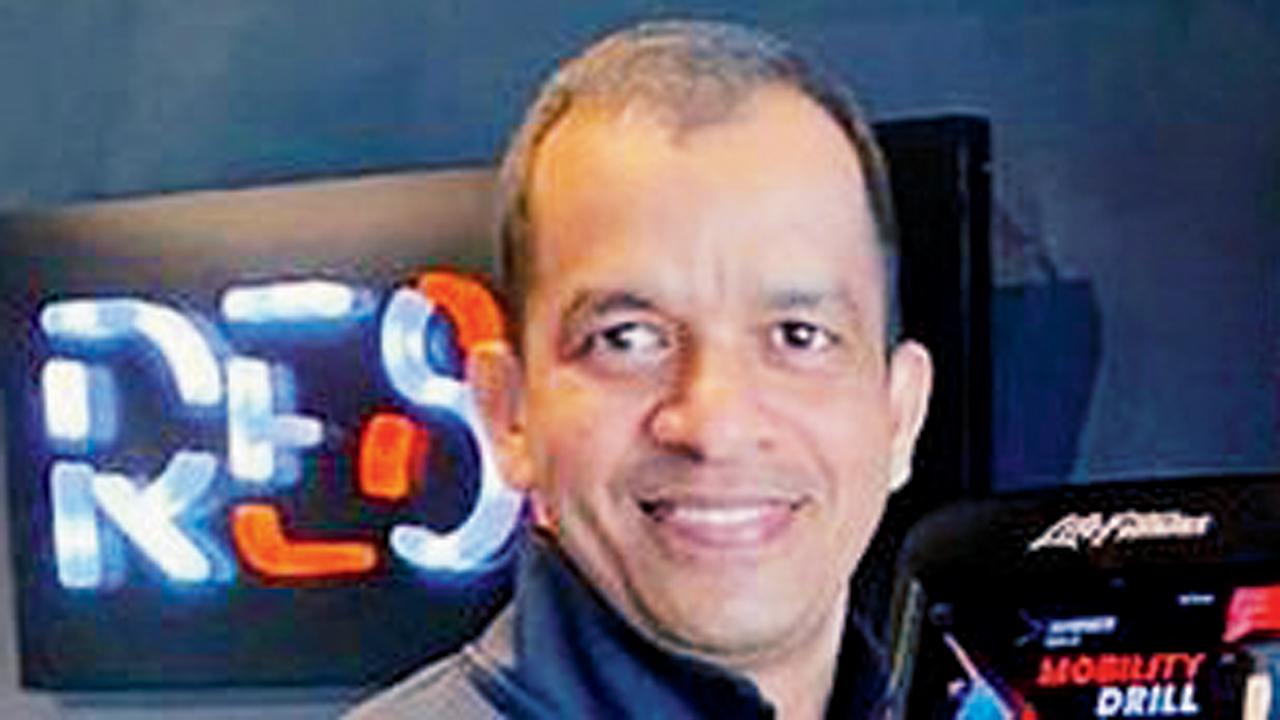
Mixed Martial Arts
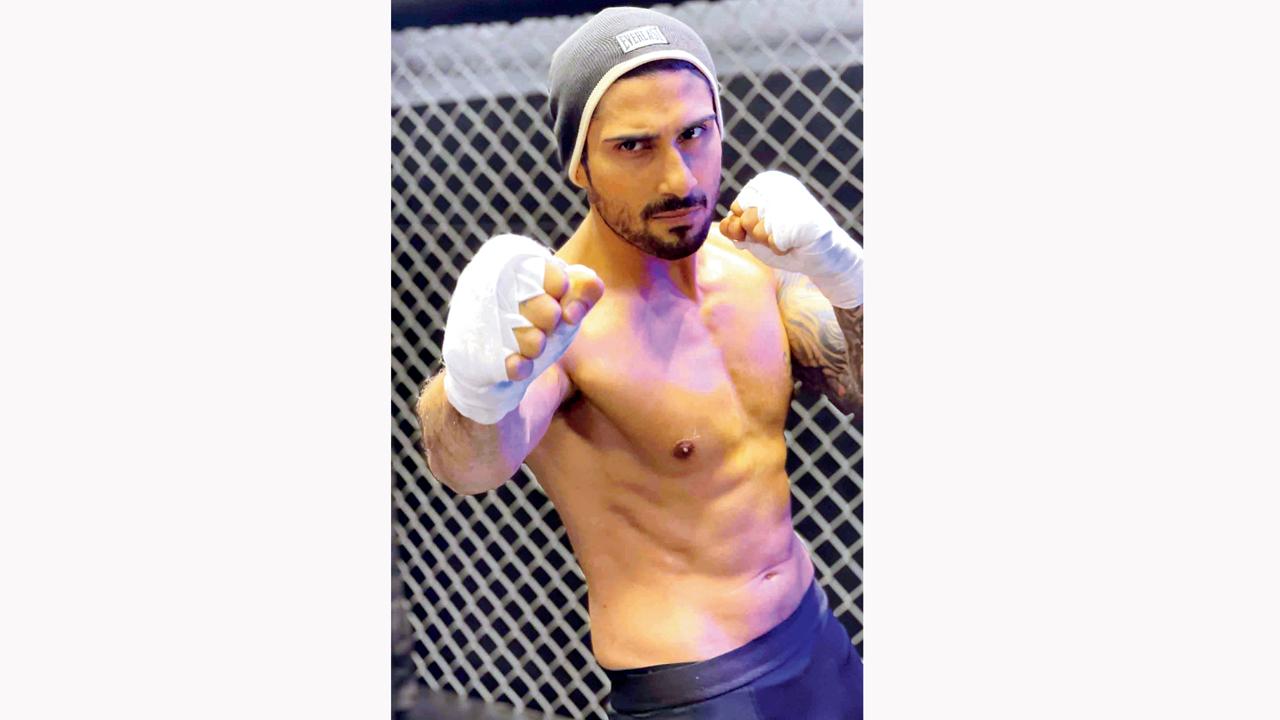
Rohit Nair: MMA improves both stamina and strength. It’s not about burning calories alone—it improves your mood and how you move. Traditional training methods lead to stiffness, but via MMA you can challenge your agility and mobility.
A person on a traditional training method will look good, but with MMA you are likely to see a difference in your daily functionality. You do not need to target different aspects like flexibility and strength separately, but you can avail the benefits of all of them at once via this format. Also, MMA is for everyone. People believe it is for advanced practioners only, but anyone who can comfortably move can do it, because it’s not about punching someone else, but training yourself.
Who practices it: Mrunal Thakur, Prateik Babbar
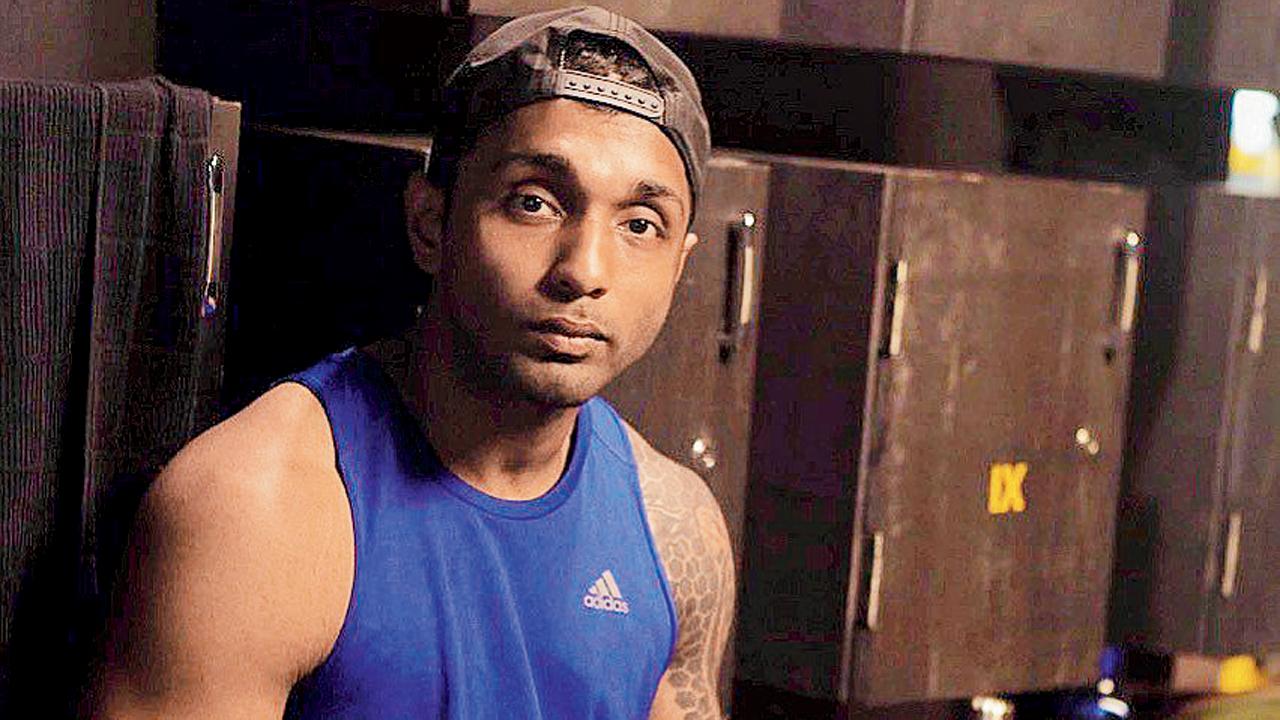
Skill-based workouts
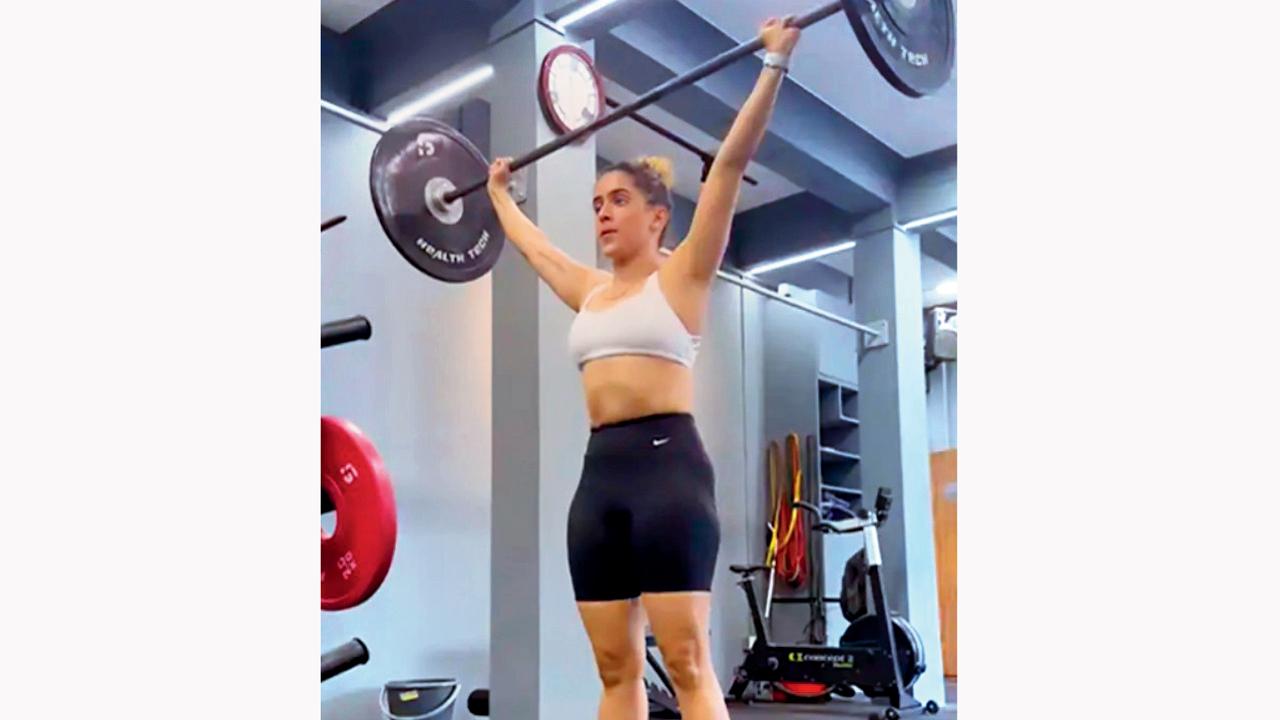
Tridev Pandey: We do a lot of functional and sports-specific exercises. These involve compound movements, weights and sometimes, boxing. We also focus on skill-based exercises, like push-ups and pull-ups, and there’s an advantage to approaching the routine in this manner. If we’d ask 10 girls to do 10 push-ups, I do not believe that more than two of them would be able to execute it. That’s the reason skills are important. In the process of acquiring a skill, you end up defining many more important muscle groups. For instance, if I want Sanya to do a good push-up, I need to train her triceps, shoulder and chest, all of which are recruited in a push-up. Similarly, if I must make her do a pull-up, I will need to train her biceps and back. So, in the process of acquiring a skill, your overall training process is elevated.
Who practices it: Sanya Malhotra
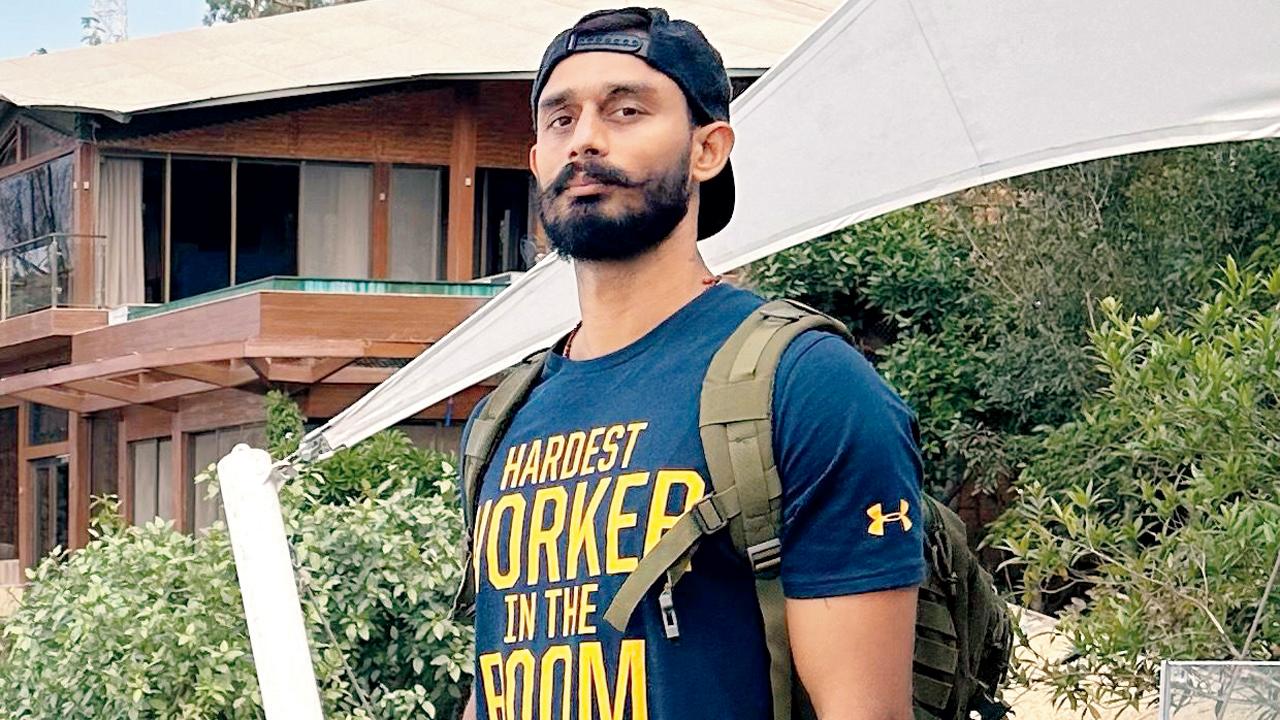
Friction training
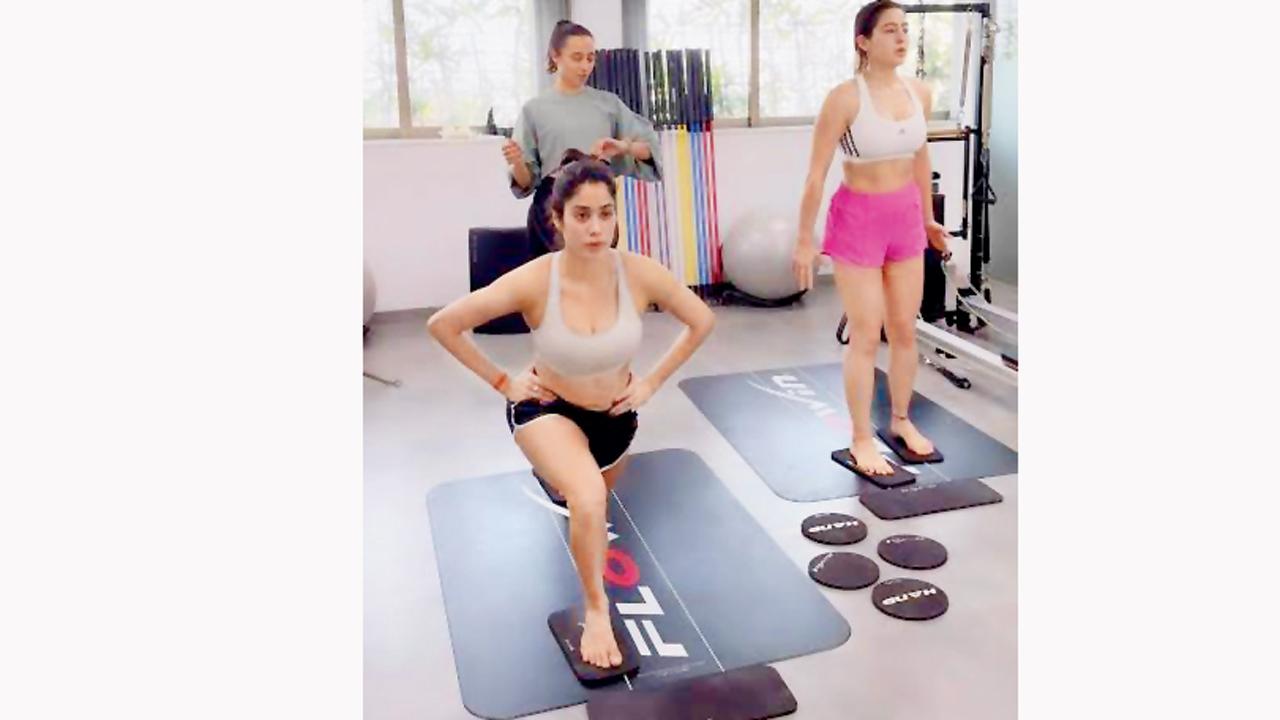
Employing tools like the friction mat, friction training enables individuals to significantly boost stability as practitioners are forced to control movements on the mat without compromising on form.
Who practices it: Janhvi Kapoor, Sara Ali Khan
 Subscribe today by clicking the link and stay updated with the latest news!" Click here!
Subscribe today by clicking the link and stay updated with the latest news!" Click here!








